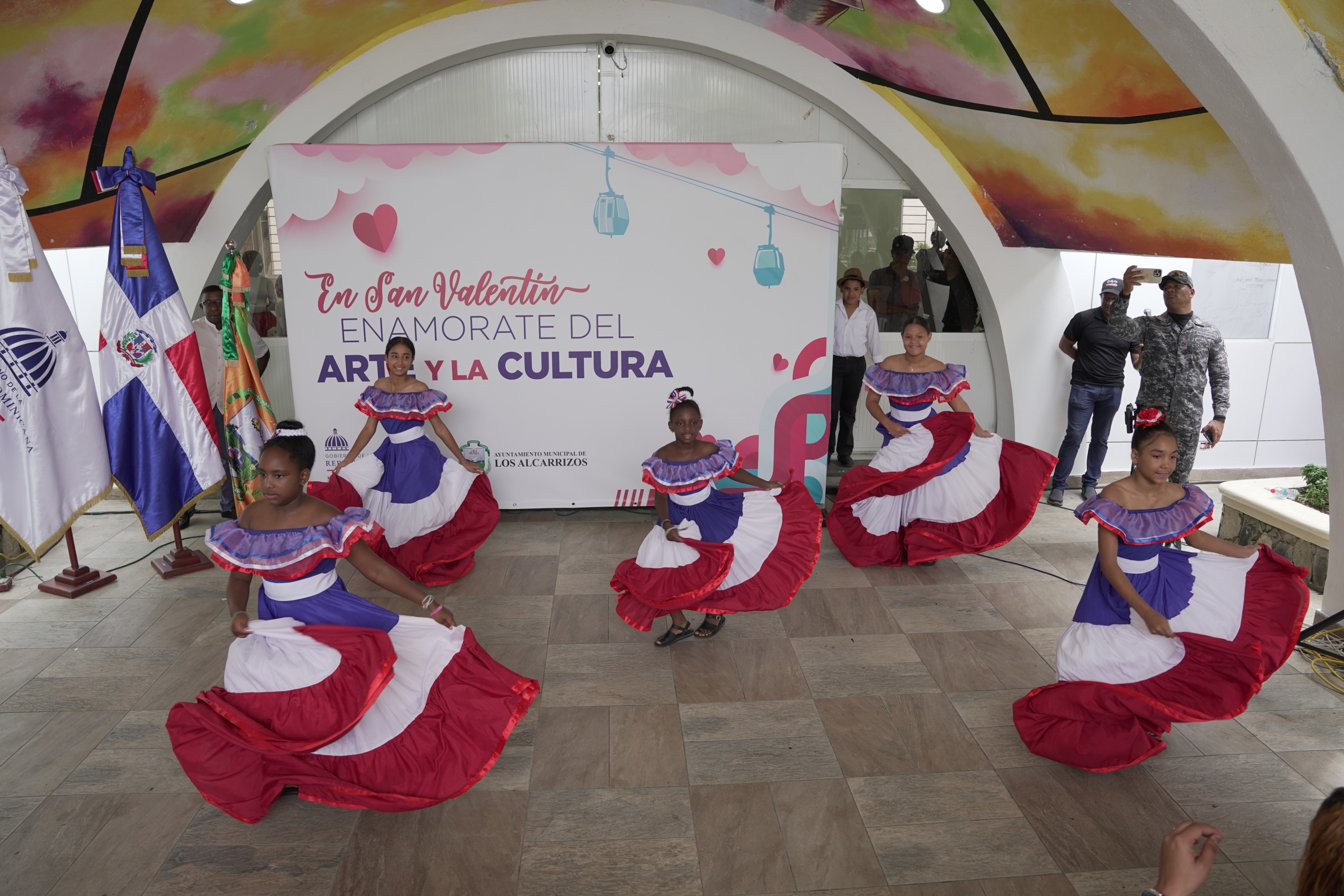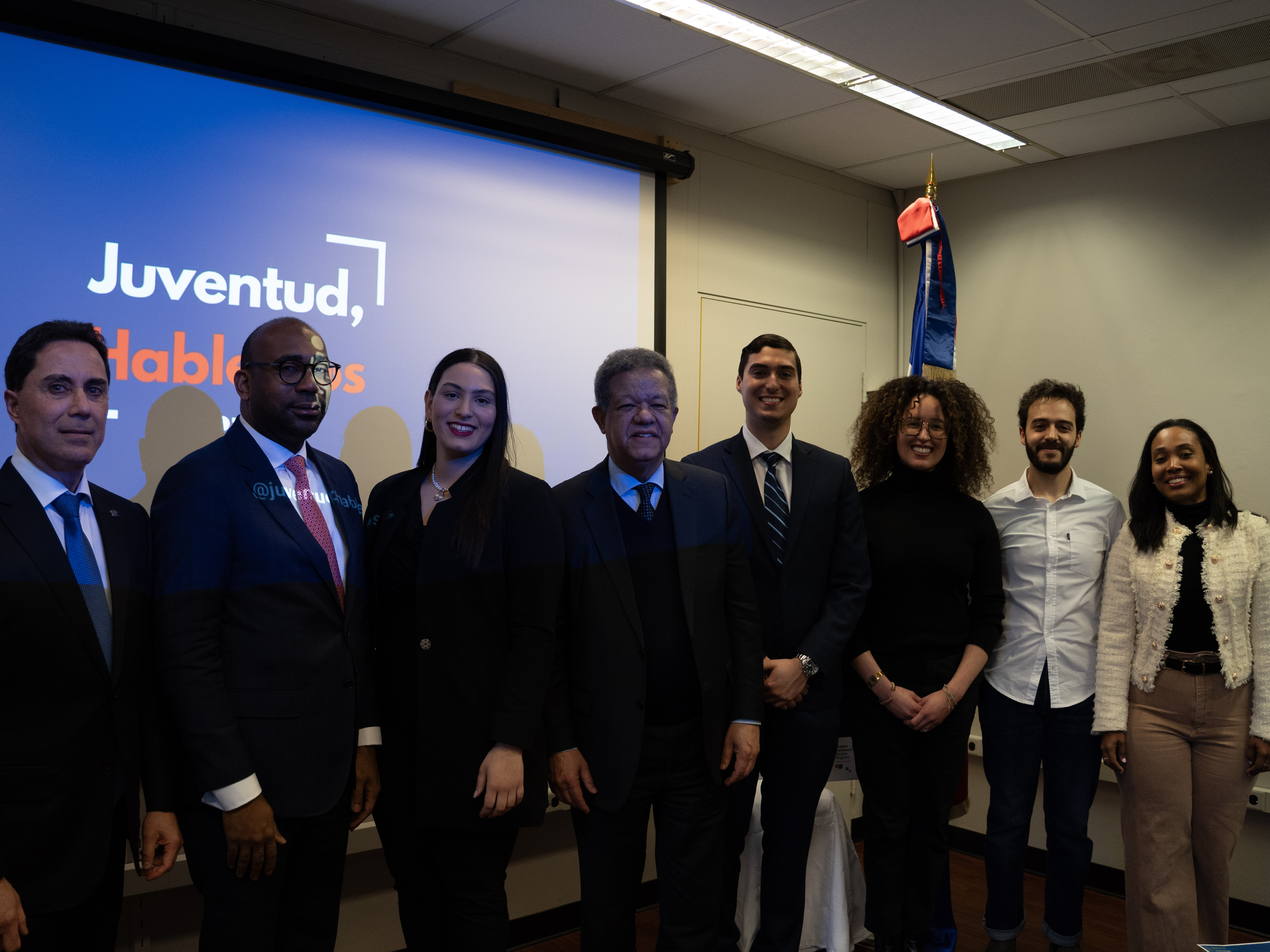The Bonao Carnival, every Sunday in February and the regional parade on March 9th
 | The Bonao Carnival, every Sunday in February and the regional parade on March 9th Bonao promises creativity, colors, emotions, and fun every Sunday in February, and on March 9th, during its regional parade, plenty of dance troupes from around the country. The variety of characters, dance troupes, security, order, and quality, draw visitors from different parts of the country, as well as tourists, to the city of the Hydrangeas, every Sunday. The 2014 Bonao Carnival, is being sponsored by Cervecería Nacional Dominicana (Dominican National Brewery) on behalf of Brahma Light Beer, Ron Barceló, the Ministry of Tourism, La Sirena, Wind Telecom, Coca Cola, Claro, Dasani water, Country Club soft drinks, OM bank consortium, the municipal government, the provincial government, Senator Félix Nova, Alka Seltzer, Mayor Alberto Marte and the Organizing Committee, among other institutions and individuals. An important national and international radio and television broadcasting network carries out an impressive streaming every Sunday through CERTV, channel 4, Telefuturo channel 23, Mayimbe Tv, Magic tv channel 60 of Claro Tv, súper Q FM, Latina 88.7 FM, Novel 93.9 FM, and Channel 10 Telecasa. The Bonao street carnival started in the early ’30s, where young people and adults in the neighborhoods made their own costumes and put masks on to parade through the streets from very early in the morning. Dance troupes contests were held at that time at Casino del Yuna, with the participation of “El Jefe” (The Chief) Rafael Leónidas Trujillo and José Arismendi Trujillo Molina (Petan). Héctor Bueno, a carnival historian, said that this activity was attended by high society ladies and elderly gentlemen; the costume of that period was a pair of pants, a blouse, and a curtain that could be of the same type of those hanging at home, and they added whistles, mirrors, and multi-colored ribbons. Bueno also said that by the end of the 60s the carnival was already gaining momentum and people organized dance troupes in groups of 10 and 12 persons to participate in the gala that was held at the Bonao Country Club or at the Casino del Yuna. “The traditional “Roba La Gallina” would emerge from the small grocery stores and the neighborhoods in the 1970s, and the group came forward singing to the grocery stores “El mejor colmado, el de aquí” (The best grocery store, the one here); thousands of children and young people, who came out rowdy with joy to the sound of the whistles and drums, would accompany this character,” Bueno said. He added that by 1988 the committee responsible for organizing the Carnival of Bonao was created and that by late 1989 the first group “Los Charamicos” was created, which had its headquarters at calle 16 de Agosto, in the section between Mella and Independencia. By 1990, the Organizing Committee of the Bonao Carnival (COCABO) is formed and the first groups that came out were: Charamicos, Caraduras, Selección 7, Truenos y Centellas, Cascarrabias, and Zacatecas. In addition to the groups mentioned above, in 1991 came out Los Bisontes, Bárbaros, Irritables, Rayitos, Pirañas, Guacamayos, High Class, and Los Tiburones, among others. By 1994 there were 60 existing groups, which allowed Bonao, between 1991 and 2002, to win the following awards: Best Province Carnival, Best Theme Carnival, Best Colorful Carnival, Best Creativity Carnival, Best Individual Carnival, and Best Float, among other awards won in recent years. The central character of the Bonao Carnival is the Macarao, with his traditional dress made of satin, lamé, and sequins, and accompanied by bells, ribbons, and whistles. His mask mimics the face of an animal and he parades from the last Sunday in January to the second Sunday of March with the regional parade that brings together the entire carnival tradition from all over the country. The first characters of the Carnival of Bonao, according to Héctor Bueno, were Malín Bidó, father of renowned painter Cándido Bidó; Wilberto Deschamps –The Panther- (La Pantera), Frank Terri, Juan Sin Ley, Libertado Cara e’ Gato, Gustavo La Vaca, among others. Dagoberto Tejeda, sociologist and researcher and one of the most important folklorists in the country, to whom Bonao is grateful for its organization and growth, says: “The Carnival of Bonao has been the fastest growing of all carnivals in the country, quantitatively and qualitatively speaking.” SOURCE: tiempohabitualonline.blogspot.com |

Related News
-

(Versión en español) MINC realiza el evento "Enamórate del Arte y la Cultura" en Los Alcarrizos
-

(Versión en español) InspireDR celebra una década de impacto con “La Fiesta 10” en Cabarete
-

(Versión en español) Organización “Juventud Hablemos” de la Universidad de Columbia y la GFDD copatrocinan a casa llena evento sobre “La evolución de la democracia en la República Dominicana”
-

(Versión en español) Realizan premiere del documental “El Padrino II: 50 años y su filmación en República Dominicana”
-

Actividad #1
Dónde:: Complejo Acuático Del Centro Olímpico Juan Pablo Duarte.
Días: 28 y 29 de noviembre 2016.
Precios: RD$1,1000.00 VIP, RD$600.00 gradas.

